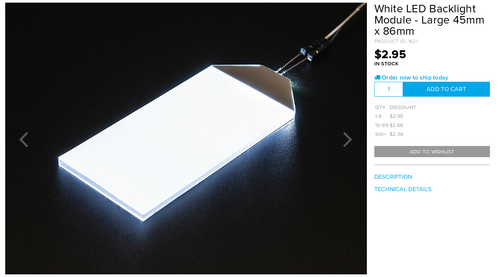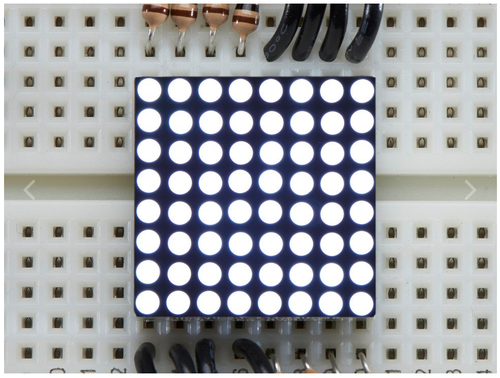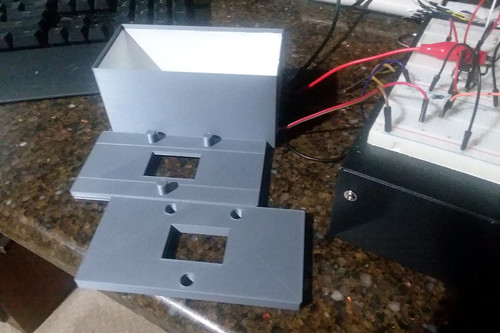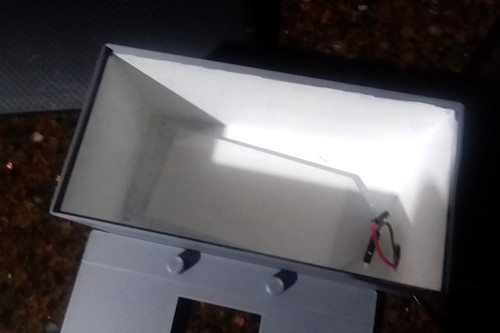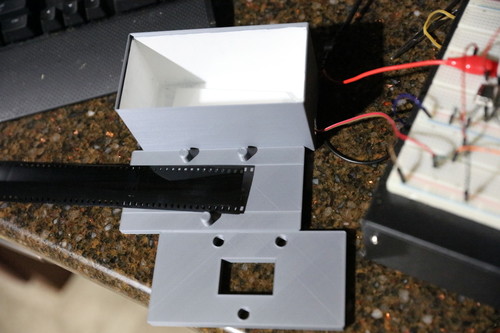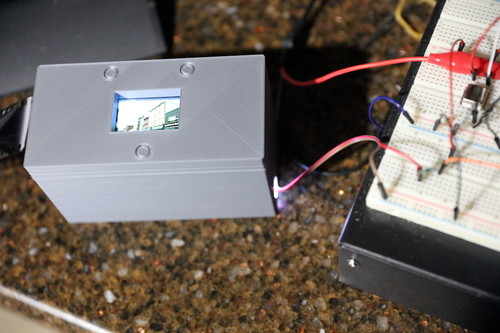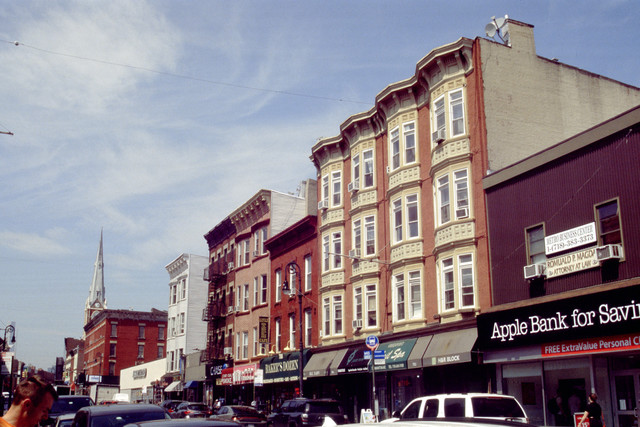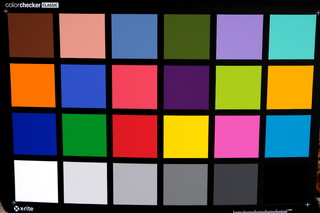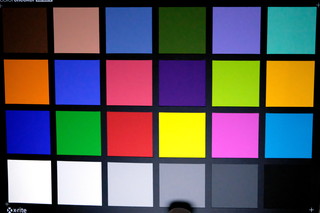dmr
Registered Abuser
As I (think I) mentioned in one of these threads, a while ago I joined a local "Technology Cooperative" and I've been taking some classes there on 3d printing.
A couple of years ago I saw the Film Toaster at Photo Plus, and it looked like a workable idea, although for $1300 us it's quite steep. I was thinking that something much simpler could be made that would be nearly as functional for much less.
Now that I think I've graduated from making things like little kitchen gadgets and Baby Yoda dolls, I've been playing around with a design for a box to do just this.
I'm envisioning a box to hold a light source and a two-part plate with a 36x25.. (for a slight overscan) which would all sit on a more or less standard copy stand.
Simple! Almost minimalist.
I haven't printed any of this yet, and I'm interested in hearing if anyone here sees any issues that I'm overlooking.
The one issue I'm well aware of is that (at least the pieces that touch the film) will need to be carefully sanded and polished, as 3d prints tend to be rough, particularly around the edges.
I still haven't figured out what kind of light source to try. (LEDs???) Any suggestions?
Thanks. 🙂
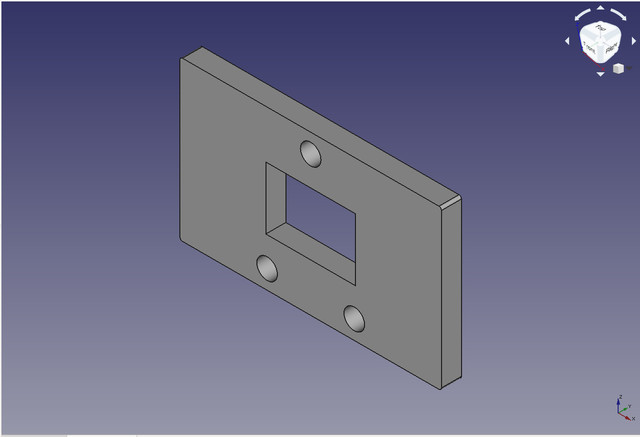
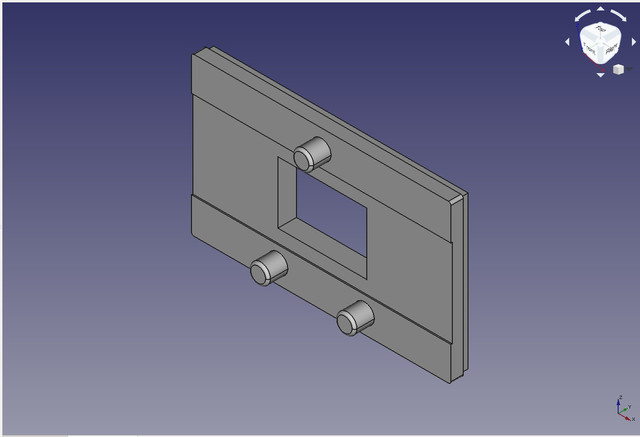
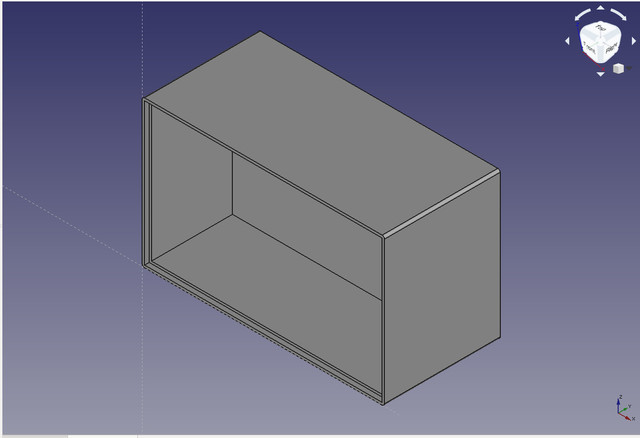
A couple of years ago I saw the Film Toaster at Photo Plus, and it looked like a workable idea, although for $1300 us it's quite steep. I was thinking that something much simpler could be made that would be nearly as functional for much less.
Now that I think I've graduated from making things like little kitchen gadgets and Baby Yoda dolls, I've been playing around with a design for a box to do just this.
I'm envisioning a box to hold a light source and a two-part plate with a 36x25.. (for a slight overscan) which would all sit on a more or less standard copy stand.
Simple! Almost minimalist.
I haven't printed any of this yet, and I'm interested in hearing if anyone here sees any issues that I'm overlooking.
The one issue I'm well aware of is that (at least the pieces that touch the film) will need to be carefully sanded and polished, as 3d prints tend to be rough, particularly around the edges.
I still haven't figured out what kind of light source to try. (LEDs???) Any suggestions?
Thanks. 🙂






